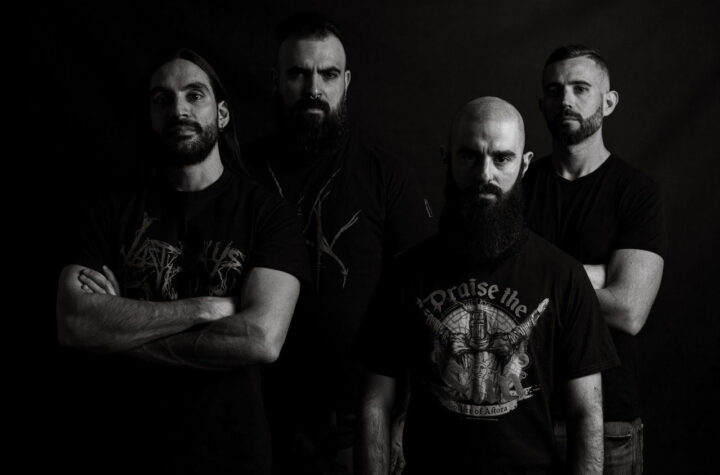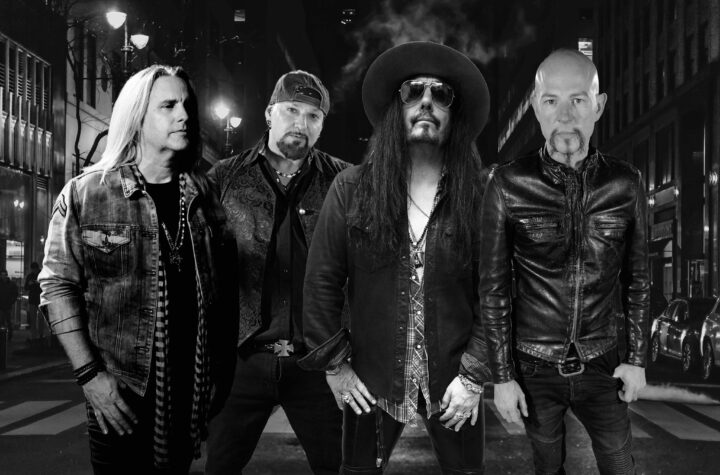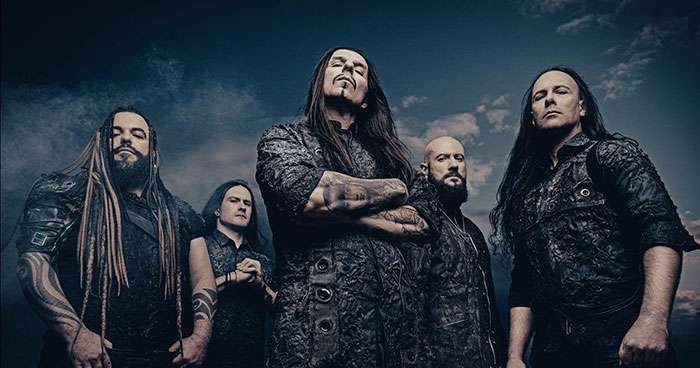

Legendary Jazz guitarist Les Paul has died at the age of 94. He pioneered designs of electric guitars and helped usher in the birth of rock and roll, most known for his introduction of the Gibson Les Paul guitar (Played by Slash of GNR), which he designed in collaboration with Ted McCarty in 1951. In response to the death of 1988 Rock and Roll Hall of Fame Inductee Les Paul, the Rock Hall has issued the following two statements:
“Without Les Paul, we would not have rock and roll as we know it,” said Terry Stewart, president and CEO of the Rock and Roll Hall of Fame and Museum. “His inventions created the infrastructure for the music and his playing style will ripple through generations. He was truly an architect of rock and roll.”
“Les Paul was truly a unique human being,” said Jim Henke, vice president of exhibitions and curatorial affairs. “He was an artist who made his mark as a tremendously influential guitarist. He was also an inventor, the man responsible for the solid-body electric guitar and multi-track recording. Few people have accomplished as much as Les did in his legendary career. We will truly miss him.”
The Rock and Roll Hall of Fame honored Les Paul for the 13th annual American Music Master’s series in Cleveland – November 15, 2008.
About Les Paul
As a player, inventor and recording artist, Les Paul has been an innovator from the early years of his life. Born Lester William Polfus in 1915 in Waukesha, Wisconsin, the first instrument he learned to play was actually the harmonica at age eight. After brief experimentation with the piano, Paul picked up the guitar, not knowing he would one day shape the sound of songs composed by countless musicians around the world. By age 13 he was performing semi-professionally as a country-music guitarist and working diligently on sound-related inventions. With his newfound talent, Paul formed a trio and moved to New York. All the while he busied himself as a bandleader who could play both jazz and country music. After moving to Los Angeles, Paul and his trio backed Bing Crosby, and with Crosby’s encouragement, Paul built his first studio in his L.A. garage in 1945.
His career as a musician, however, nearly came to an end in 1948, when a near-fatal car accident shattered his right arm and elbow. Nevertheless, he instructed the surgeons to set his arm at an angle that would allow him to cradle and pick the guitar. Paul subsequently made his mark as a jazz-pop musician extraordinaire, recording as a duo with his wife, singer Colleen Summers (a.k.a. Mary Ford). Their biggest hits included “How High the Moon” (1951) and “Vaya Con Dios” (1953), both reaching #1.
Over the years, Paul had become frustrated that the audiences were not able to hear his guitar, so he set out to build one that they could. In 1941, he built “the Log,” his first attempt at creating a solid-body electric guitar. He continued to make refinements to this prototype throughout the decade. In 1952, his dream became a reality when Gibson introduced the solid-body guitar that bears Paul’s name. Because of his pioneering work, Paul is often called the “Father of the Electric Guitar.” The Les Paul guitar has become a staple instrument among discerning rock guitarists. This list of musicians associated with the Gibson Les Paul includes Duane Allman, Jeff Beck, Eric Clapton, Billy Gibbons and Jimmy Page.
In 1956, Les Paul introduced yet another technological innovation: the first eight-track tape recorder (designed by Paul and marketed by Ampex). Over the ensuing decades, Paul himself has remained active, cutting a Grammy-winning album of instrumental duets with Chet Atkins, Chester and Lester, and still indulges his inventor’s curiosity in a basement workshop at his home in Mahwah, New Jersey. In celebration of his 90th birthday, a staggering number of musicians came together to record Les Paul & Friends: American Made and World Played.
Les Paul was inducted into the Early Influence category of the Rock and Roll Hall of Fame in 1988. Today, the Rock and Roll Hall of Fame and Museum has a permanent exhibit “The New Sound: Les Paul and the Electric Guitar” on the Museum’s second floor in the “The Architects of Rock and Roll” room. The exhibit highlights items loaned by Paul, including the first guitar he ever owned, a 1927 Sears Troubador acoustic guitar and many experimental guitars, including a reproduction of “The Rail” made out of a 2 1/2 -foot length of steel rail with a string held down by a screw at each end. In 2008, he was honored at the Rock Hall’s 13th Annual American Music Masters series® event.
Paul performed weekly – at New York’s Iridium Jazz Club – and indulged his inventor’s curiosity in a basement workshop at home in Mahwah, New Jersey up until his death on August 13, 2009. He was 94 years old.
About the American Music Masters® Series
The American Music Masters® series, a co-production of the Rock and Roll Hall of Fame and Museum and the Baker-Nord Center for the Humanities at Case Western Reserve University, celebrates the lives and careers of artists who changed the shape and sound of American culture. Each year, the series explores the legacy of one of those pioneering figures in a range of events that includes Museum exhibits, lectures, films, a major conference and a tribute concert benefiting the Rock Hall’s Education Department. Drawing together experts, artists, fans and friends, these events aim to provide new perspectives on some of the most beloved and influential musicians of the past century.
The American Music Masters® series began in 1996 when the museum paid tribute to Woody Guthrie with a 10-day celebration of his life and legacy. Other American Music Masters® series honorees have included: the father of country music, Jimmie Rodgers in 1997; blues legend, Robert Johnson in 1998; rhythm and blues pioneer, Louis Jordan in 1999; the legendary Muddy Waters in 2000; the “Empress” Bessie Smith in 2001; Hank Williams, the first country western superstar in 2002; Buddy Holly in 2003; folk-blues artist Lead Belly in 2004; Sam Cooke in 2005; Roy Orbison in 2006; Jerry Lee Lewis in 2007; and Les Paul in 2008. In November 2009, Janis Joplin will be honored at the 14th Annual American Music Masters series event. Artists who have performed at American Music Masters® include Solomon Burke, Elvis Costello, Aretha Franklin, Chrissie Hynde, Slash, Alison Krauss and Robert Plant.
About the Rock and Roll Hall of Fame and Museum
The Rock and Roll Hall of Fame and Museum, Inc. is the nonprofit organization that exists to educate visitors, fans and scholars from around the world about the history and continuing significance of rock and roll music. It carries out this mission both through its operation of a world-class museum that collects, preserves, exhibits and interprets this art form and through its library and archives as well as its national educational programs.
The Museum is open seven days a week from 10 a.m. to 5:30 p.m. On Wednesdays (and Saturdays through Labor Day) the Museum is open until 9 p.m. Museum admission is $22 for adults, $17 for seniors (60+), $13 for children (9-12) and children under 8 and Museum members are free. When you become a member of the Rock and Roll Hall of Fame and Museum, the world of rock and roll becomes yours to explore. Call 216.515.8425 for information on becoming a member. For general inquiries, please call 216.781.ROCK.
http://www2.gibson.com/





More Stories
HOUR OF PENANCE – “Sedition” to be Reissued on Vinyl
ELECTRIC TEMPLE – Debut Album Announced
SEPTICFLESH – 2025 North American Tour Dates